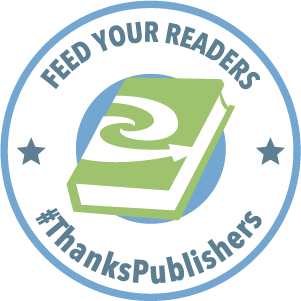[easyazon_image add_to_cart=”yes” align=”left” asin=”1476757283″ cloaking=”default” height=”500″ localization=”yes” locale=”US” nofollow=”default” new_window=”default” src=”http://ecx.images-amazon.com/images/I/51-%2BWPjeszL.jpg” tag=”gimmethatbook-20″ width=”320″]
I received this ARC through NetGalley in exchange for this honest review.
Author Kate Mayfield tells us what it was like to grow up living above her family’s funeral home in Jubilee, Kentucky, in the 1970’s. The plot is simple but there are plenty of stories to fill the book. The author tells her story in first person, and the story spans years as she grows up and comes of age. In all honesty, I almost gave up about 25% of the way through: the first part of the book is slow going, almost Southern-treacle slow. Things happen, but there is not much interest generated, as dead bodies share the same amount of urgency as meals or talking to neighbors. The only reason I kept going with it was that I was stuck at work with nothing else to read, so I kept going in desperation.
I’m really glad I did. Somehow Mayfield gets out of first gear and her stories take on more energy. We come to realize that it’s not just about growing up above a funeral home and experiencing death on a daily basis–it’s about living with a sister with a terrible mental illness. It’s about learning that your father is human and fallible. It’s about discovering yourself at the same time that you find out how insidious discrimination can be, in a small town in the 70’s. It’s about secrets, large and small, and finally grasping that the one thing all dead people leave behind are secrets.
As the pages turn I followed Mayfield through the minefield of junior high, and her first crush. Her father’s actions are still nebulous until almost the very end of the book, when we finally find out why he befriended a dotty old woman that the town shuns, and where he really got that mysterious “war wound” . Mayfield stays true to herself, seemingly the only one with a strong head and firm sense of self, overshadowed as she is by a vague older brother, a psychotic older sister, and a mother who stays by her man no matter what wrongs are perpetrated (alcoholism, infidelity). I found Mayfield’s mother the most irritating character there, with her inflated sense of Southern gentility and lack of outward emotion. The author more than adequately describes the stifling atmosphere in her childhood home.
The ending is poignant, as she explains how things finally turn out after the death of her father and everyone goes their separate ways. I especially enjoyed how she explained her visit to her childhood home, formerly the funeral home, now renovated into an apartment building. I’ve always wanted to go back to my childhood home, and I think Mayfield nails the feeling:
Each time a door opened, I experienced something familiar, but it was like walking with a veil over my face.
The downstairs area, where the business of dying had taken place, was the most changed. One of the apartments downstairs was newly renovated and empty. I stepped onto the new carpet and admired the fresh paint job, then walked through a door into a closet or storage area, a small, narrow room with no windows. We couldn’t find the light switch and stood in almost complete darkness. In the silence a sudden shiver rippled up my spine, and then I knew. This was the embalming room. I was sure of it. I could scarcely breathe. As chilling as it was, it was the most peculiar and familiar feeling, the closest I had yet come to reexperiencing my childhood home.
The sound of the real estate agent’s keys brought me out of my trance and we left. I was shattered.
I recommend this book–move past the slower start and you will be rewarded. Want your own copy? You can pick it up [easyazon_link asin=”1476757283″ locale=”US” new_window=”default” nofollow=”default” tag=”gimmethatbook-20″ add_to_cart=”yes” cloaking=”default” localization=”yes” popups=”yes”]here.[/easyazon_link]







Recent Comments